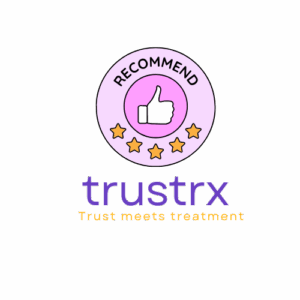In the evolving landscape of healthcare, integrating digital solutions to enhance patient experience and trust is paramount. TrustRx, a leading platform designed to streamline medication verification and improve transparency, offers significant benefits when integrated with your existing booking systems. This integration not only optimizes operational efficiency but also fosters greater confidence among patients by providing real-time medication information and verification processes. Implementing a seamless connection between TrustRx and your booking platform can serve as a strategic move towards modernizing healthcare services and ensuring better patient outcomes.
Step-by-Step Guide to Connecting TrustRx with Your Booking Platform
The initial step in integrating TrustRx with your booking system involves conducting a comprehensive assessment of your current infrastructure. This includes reviewing the platform’s technical architecture, understanding API capabilities, and identifying compatibility requirements. It is essential to collaborate with your IT team or external developers to ensure that the integration aligns with both systems’ technical specifications, promoting a smooth data exchange process.
Next, you should obtain necessary API credentials and documentation from TrustRx. These credentials typically include API keys, endpoints, and security protocols needed to establish a connection securely. During this stage, integrating your booking system’s backend with TrustRx’s API involves configuring endpoints to facilitate data flow—such as patient medication histories, verification status, and alerts. Testing the connection in a sandbox environment helps identify potential issues early, allowing for adjustments before going live.
Once the testing phase confirms stability and accuracy, proceed with deploying the integration into your live environment. This step includes setting up monitoring mechanisms to track data syncs, handling error messages, and ensuring compliance with healthcare data regulations like HIPAA. Providing staff training on how to access and utilize TrustRx features within the booking platform is critical for maximizing the benefits of the integration. Continuous support and periodic reviews will help maintain system efficiency and adapt to any future updates or changes.
Best Practices for Seamless Integration and Enhanced Patient Trust
To achieve a seamless integration, prioritize data security and patient privacy throughout the process. Employ encryption protocols and secure data transfer methods to protect sensitive information during exchange between TrustRx and your booking system. Regularly update your security measures to stay ahead of emerging cyber threats, thereby reinforcing patient confidence and compliance with regulatory standards.
Another best practice involves designing an intuitive user interface that makes TrustRx features easily accessible within the booking platform. Clear prompts, straightforward workflows, and transparent information about medication verification processes can improve patient engagement and trust. Additionally, providing educational resources or explanatory messages helps patients understand the value of medication verification, fostering greater transparency and confidence in your services.
Finally, establish a routine for ongoing maintenance and evaluation of the integration. Regularly review system performance, incorporate feedback from staff and patients, and stay informed about updates or new features from TrustRx. Engaging in continuous improvement ensures that the integration remains efficient, secure, and aligned with evolving healthcare standards. Building strong communication channels among your technical team, healthcare providers, and patients ensures a harmonious operation that maximizes the benefits of TrustRx integration.
Integrating TrustRx with your booking systems is a strategic step toward delivering safer, more transparent healthcare experiences. By following a structured approach to technical setup and adhering to best practices, healthcare providers can ensure a smooth, secure, and effective integration. Ultimately, this fosters increased patient trust, improved medication safety, and enhanced operational efficiency—key components of modern healthcare excellence.

